Krug
Represented by Olivier Krug
Undoubtedly one of the most renowned houses in Champagne, Krug is considered by many to be the very greatest of them all. It was founded in 1843 by Joseph Krug, a German emigré who had previously worked for Jacquesson, and who had even been a partner in that firm. He decided, however, to strike out on his own, beginning a legacy that has now stretched down through six generations.
Having understood that the true essence of Champagne is pleasure itself, Joseph Krug’s dream was to craft the very best Champagne he could offer, every single year, regardless of annual variations in climate. Paying close attention to the vineyard’s character, respecting the individuality of each plot and its wine, as well as building an extensive library of reserve wines from many different years allowed him to fulfil his dream.
With a very original approach to Champagne making, he decided to go beyond the notion of vintage to create the most generous expression of Champagne, every year. Thus, he founded a House in which all Champagnes are of the same level of distinction.
All of Krug’s base wines are selected and fermented individually, plot by plot. The individuality continues with the separate conservation of each wine featured in Krug’s impressive repertoire of some 150 reserve wines. There are wines from 10 to 12 different vintages, some of which may reach up to 15 years of age. The wines are kept in small vats, allowing aromas and flavors to be preserved for long periods of time. This is a key element, which allows Chef de Caves Julie Cavil to compose Krug Champagnes year after year.
Krug is meticulous about keeping a collection of base wines that is both extremely diverse and of individual personality. “We are not interested in pinot noir or chardonnay or meunier,” says Olivier Krug. “We are interested in wines of origin. We are interested in the Aÿ from Maurice or the Ambonnay grown by Jean-François—we know these parcels, we know these people, and we keep the identities of these wines separate with our fermentation in barrel.” The house is famous for its vast stocks of reserve wines, and a portion of these will be combined each year with a selection of the 200 to 250 different wines from the most recent harvest. “We have around 350 wines to taste, and about six or seven people taste them,” says Krug. “We taste these wines two or three times, so at the end you might have six or seven thousand ratings. So it’s not very scientific.” In the end, the selection can be based on feeling and experience as much as anything else, which is why the palate memory of older members of the group is so valuable. “There are no rules,” he says. “It’s a completely artistic process.”
Information courtesy of Peter Liem's ChampagneGuide.net ©

